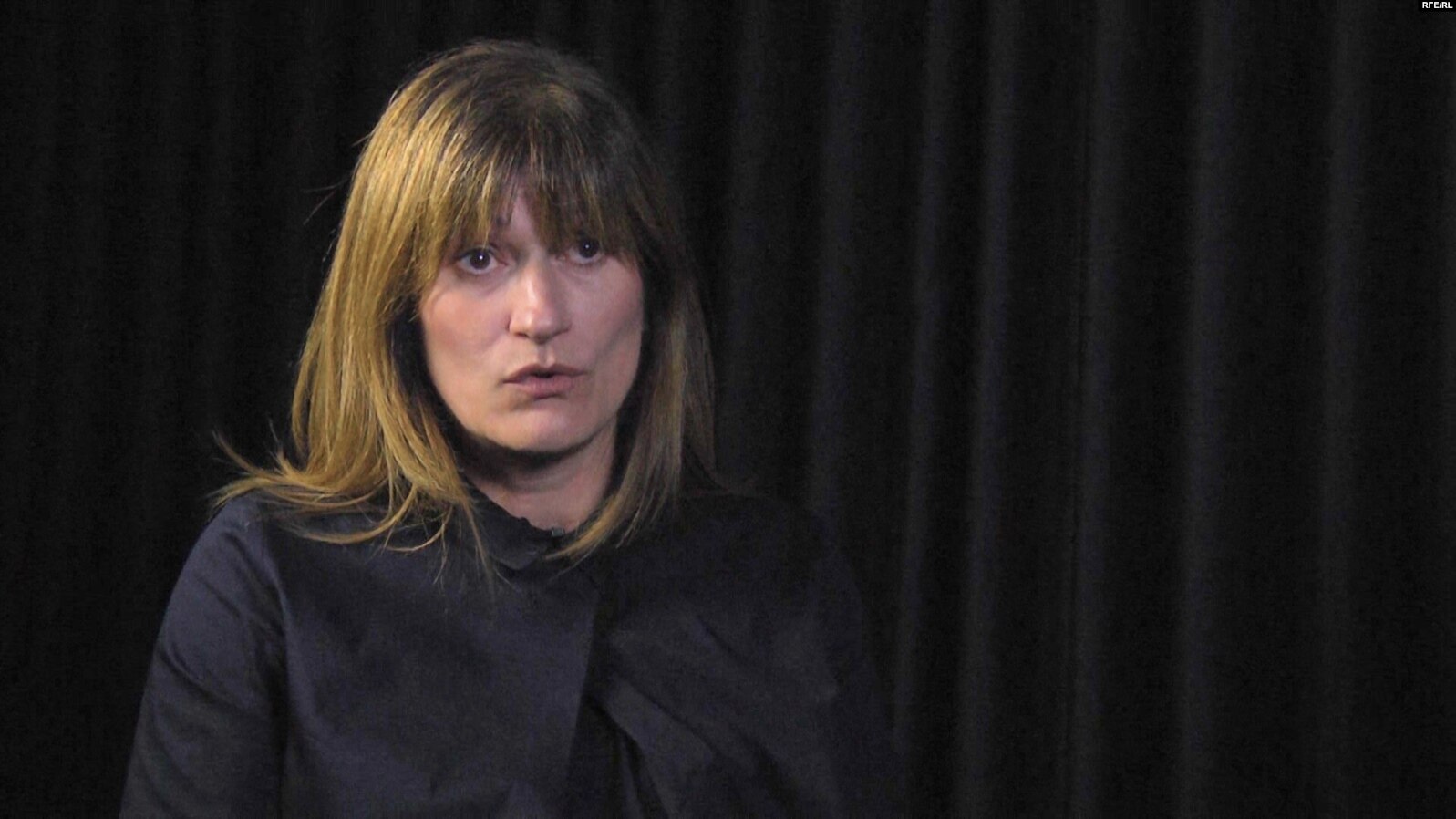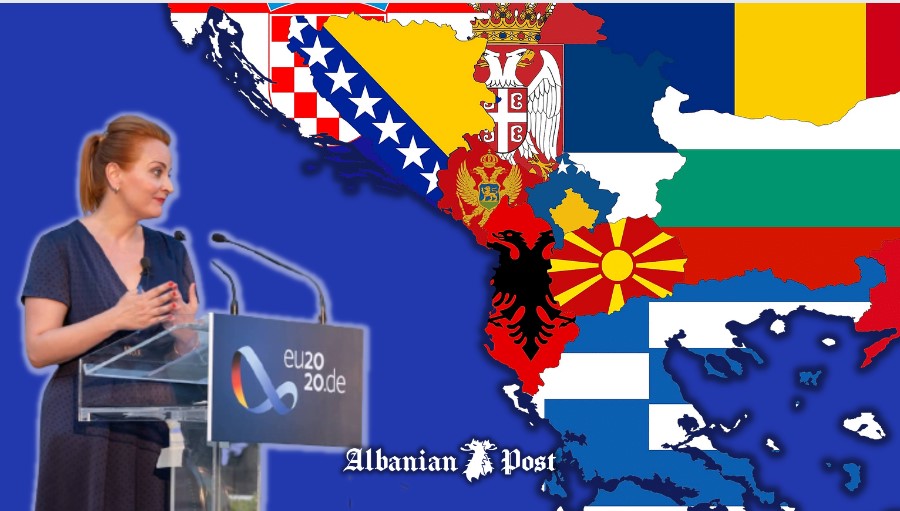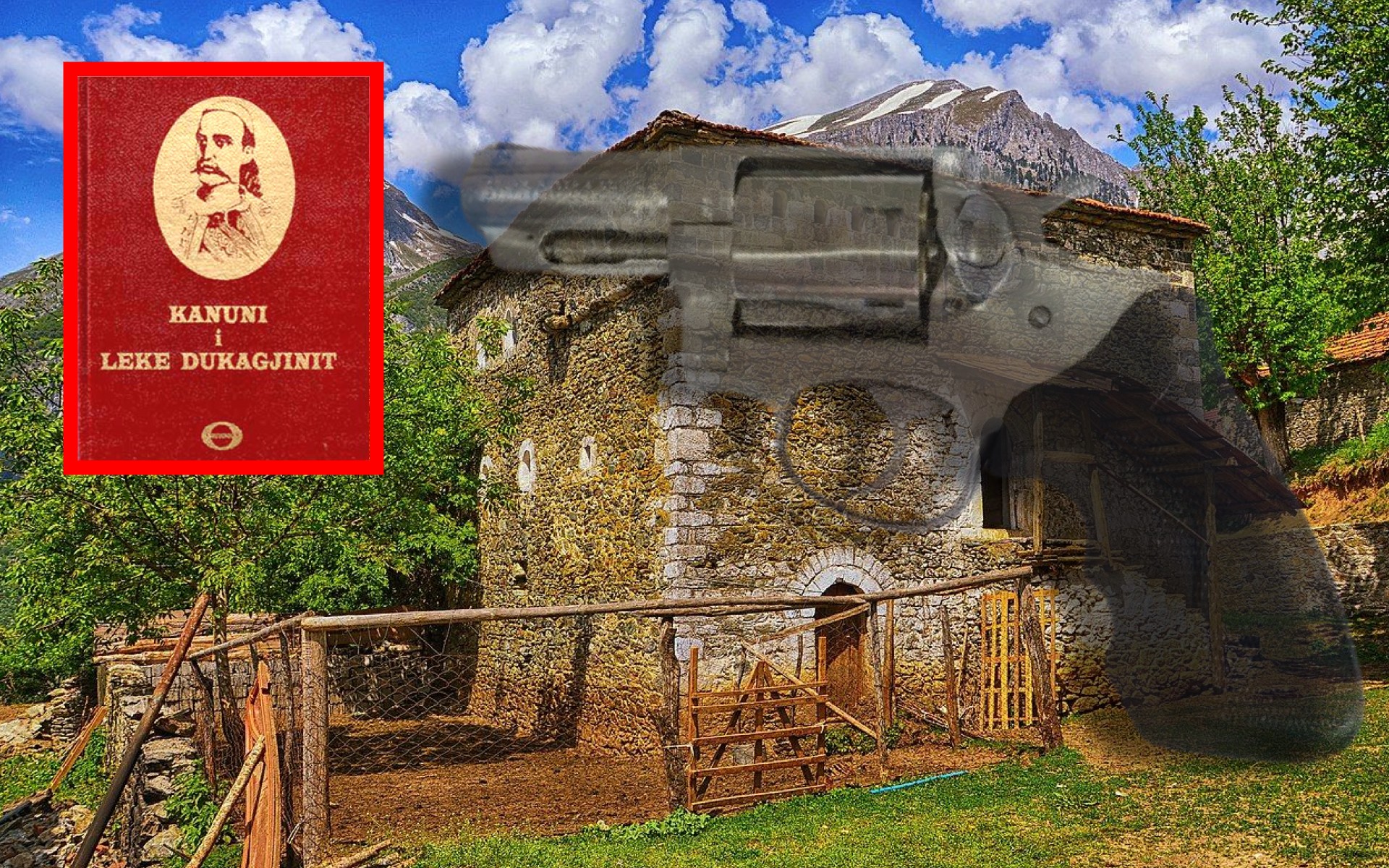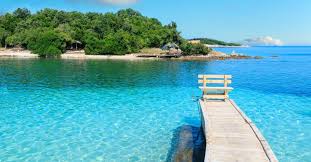
Albania is one of the countries that in recent years has employed resources to develop the tourism sector, which for the country’s economy is one of the strongest sectors. The natural conditions are to credit for this growth, Albania offers a diverse morphology of sea, mountains, plains, valley, rivers, lakes and forests in addition to many historical sights. The fact that the size of the country is limited facilitates the tour of these varied landscapes.
In 2018 The Minister of Tourism and Environment Blendi Klosi presented the initiative to attract 10 million tourists by 2025, which would be a real benchmark for the tourism of a small country like Albania, although it has high potentials.
In order to develop this sector and to attract as many tourists as possible, the country has focused more on maritime tourism, agritourism and outdoor tourism, thus maintaining ecological tourism as much as possible, where not only the Albanian nature serves the tourist, as well as the local organic and artisanal production.
To develop quickly and in order to be as competitive as possible with the countries of the region, which are quite larger, such as Croatia, Greece, Turkey, Albania needs clear investments and strategies. Recently, Albania has made real efforts and has made progress in the development of tourism. The creation of “Smile Albania” is a good way to welcome foreign tourists through key points such as ports, airports or major tourist centers and to provide the necessary tourist information, maps, etc.
Another strong point for tourism, especially rural and agritourism is the project “100 tourist villages”, from which they have benefited, from the name itself, 100 villages throughout Albania, this investment is focused on squares, facades, houses, roads, etc. Moreover, the funds provided by the state for investments in farms and agritourism are a good way to develop tourism. There are also investments in infrastructure, tourism services, in the tourism industry, schools related to tourism and many others.
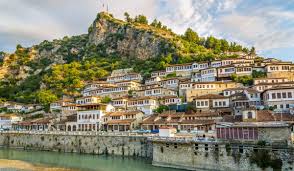
But what are the real challenges of Albanian tourism?
In the first place, elite tourism requires a great deal of care for the environment. Mass tourism is known to cause mass pollution, for this reason the plans and how it will be operated in this regard must be made clear.
We take a simple example. This year, due to Covid-19, tourism was mainly local, but this did not stop a mass movement, a tourist influx on the Shala River, in the north of the country, which is already considered as the albanian “Thailand”, a miracle between the mountains. But, the consequences of their tourism were obvious, on the river itself, as well as on Lake Koman, from the simplest waste to plastic bottles. This comes as a result of a strategic and planning weakness that works to remove them.

Pollution is one of the main problems, and it really requires a lot of attention. We do not only have pollution caused from waste dumped by tourists, but a major problem remains, especially on the coast, the waste brought by rivers, as it is known, Albania’s rivers are landfills, affected by poor control of state structures, as well as low civic consciousness.
All this waste ends up in the sea, add to this the sewage of cities near the coast and thus a very big problem arises. An example of this can be seen on the coasts near river estuaries in the Western Lowlands mainly. A real example is the Kune-Vain Lagoon, with high natural values, which today is threatened by sewage, which is turning it into a swamp.
Pollution from industry is another worrying phenomenon for soil, air, water and landscape in general. Thus, many riverside industries dump their liquid and solid waste into rivers, which then end up in the sea. For example, the oil industry is the “cancer” of the Seman River and the beach of Seman in Fier, where on the coast you find endless oil residues both in the sand and in the water.
Infrastructure is another serious problem that threatens the development of more affluent tourism. Many tourist areas have no roads, especially mountainous areas. But, the clearest example of how a tourist destination should not be is “Syri i Kaltër”, a place that in terms of beauty that nature has given, is undoubtedly one of the most special in Albania, the tourist is hindered a lot, when it comes to the road, a road no more than 1-2 km, even with toll, at its entrance, where the paving has left the place of potholes.
Land ownership is probably the worst Albanian phenomenon, not only for tourism, but for everything is considered a big obstacle. In Albania we are witnessing that many foreign investors have been attracted to the property, in which they would build resorts, has been taken out by two, three or more owners. This has held hostage the giant investments, which the Albanian business does not have the power to realize and today by no means, Albania can’t compete with the super resorts of Turkey for example.
Marine erosion, another worrying problem that threatens the coastline of Albania and is the main cause that today the beach of Semani in Fier has lost about 200m of land in just 30 years, but that threatens other important tourist spots such as Laguna of Patoku, Kune-Vain Lagoon, Shengjin beach etc. So far some sporadic and negligible interventions have been made, but that more has been left to nature to act.

Lack of railway. There is no foreign tourist who comes to Albania and it is not surprising that there is no functioning railway, which is one of the best, fastest and most used modes of transport in the world. Because it does not cost as much as other types of transport, it remains in demand for tourist movements.
Another deficiency is the lack of casinos, especially in coastal areas. Not long ago, the Albanian government blocked any kind of gambling activity, but in fact, the tourist is not only looking for nightclubs, but also casinos as a way to spend the evening or just a desire to play.
Last from the rubric
-
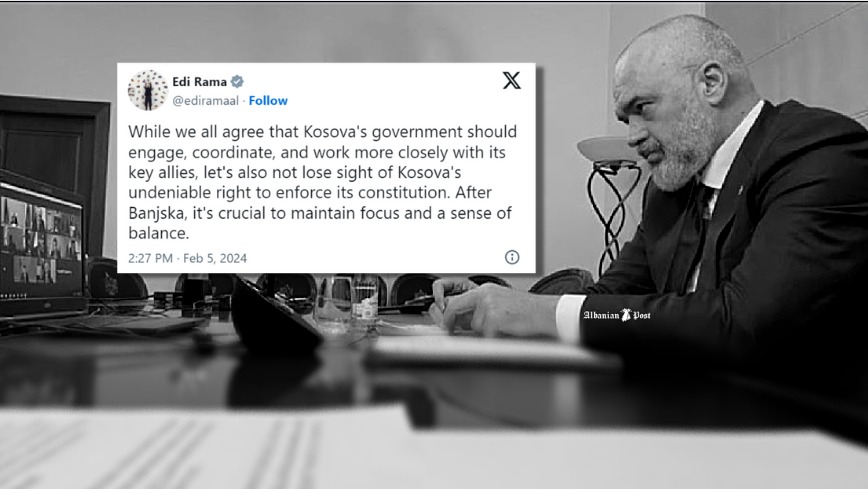
How should Edi Rama’s last tweet be read?
-

Rama confesses everything he knows about the Beleri case and shows the ‘fate’ he will have, in the exclusive for Kathimerini
-
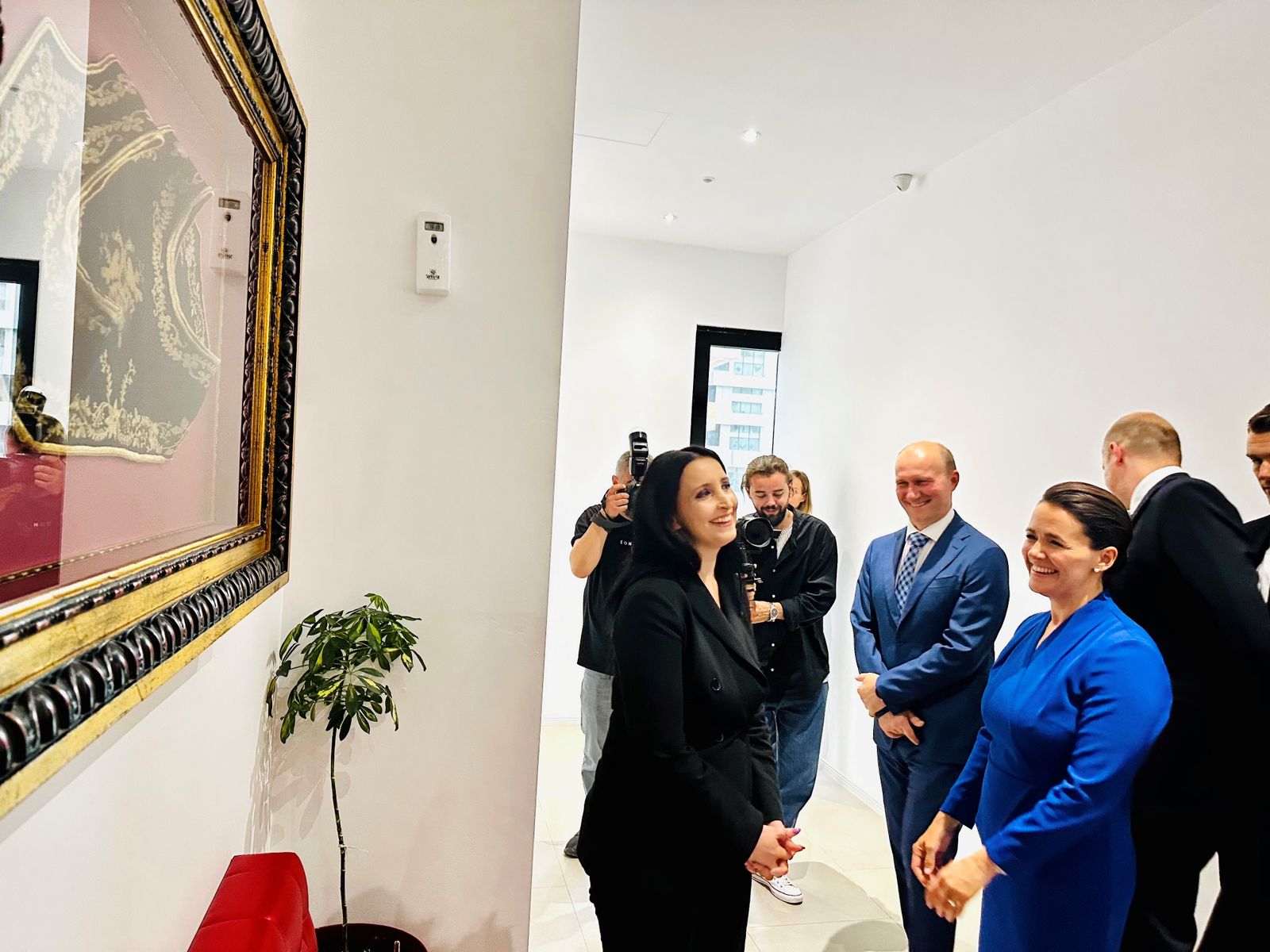
ONE Albania welcomes the President of Hungary, on a courtesy visit to the company headquarters in Tirana
-

“History will record that the KLA and the United States were partners in preventing a genocide,” exclusive interview with James Rubin


